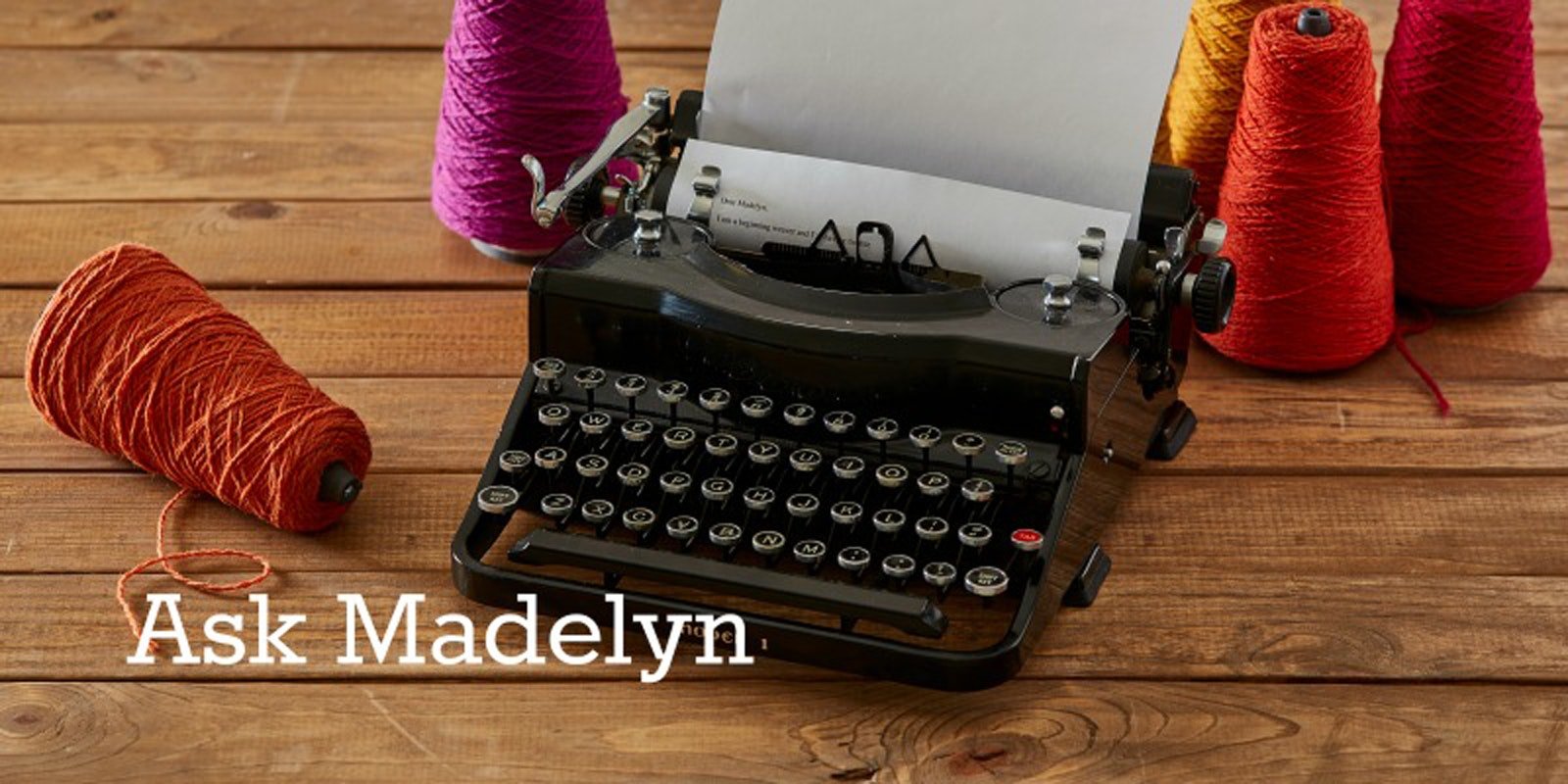Hello Madelyn,
Regarding the recent Ask Madelyn about the choice of a reed to use with particular setts, I wondered if it should be mentioned that a pattern sometimes helps you to determine which reed to use—particularly with lace patterns, but I am sure there are others. Just a thought I had.
Regards, Nynke Piebenga
Hi Nynke! You are absolutely right—especially regarding lace weaves. Huck-lace threadings, for example, are divided into 5-thread units. If the sleying order coincides with this number (either 5/dent, or 3/dent alternating with 2/dent) the separations formed by the teeth of the reed will encourage the lace holes to open in the cloth. If you warp front to back, a denting order that coincides with the threading order also makes threading errors less likely. Because Atwater-Bronson lace is formed of 6-thread units, 2/dent, 3/dent, and 6/dent work in the same way, coinciding with and encouraging the lacy holes.
For doubleweave pick-up, it’s very helpful to sley 4/dent. The reed dents then separate the 4-thread units, making them easier to count when you are doing the pick-up. For that reason, I special-ordered a 7-1/2 dent reed (I seem to use yarns like 5/2 cotton and 8/2 wool for doubleweave that work best with an overall sett of 30 ends per inch). Any weave that requires pick-up or hand manipulation is easier to do with a denting order that corresponds with the groups you want to work with. The upshot is that it’s handy to have a lot of reeds (remembering that they are long-lasting and each size is a one-time expense).
Thanks for pointing this out! ––Madelyn

